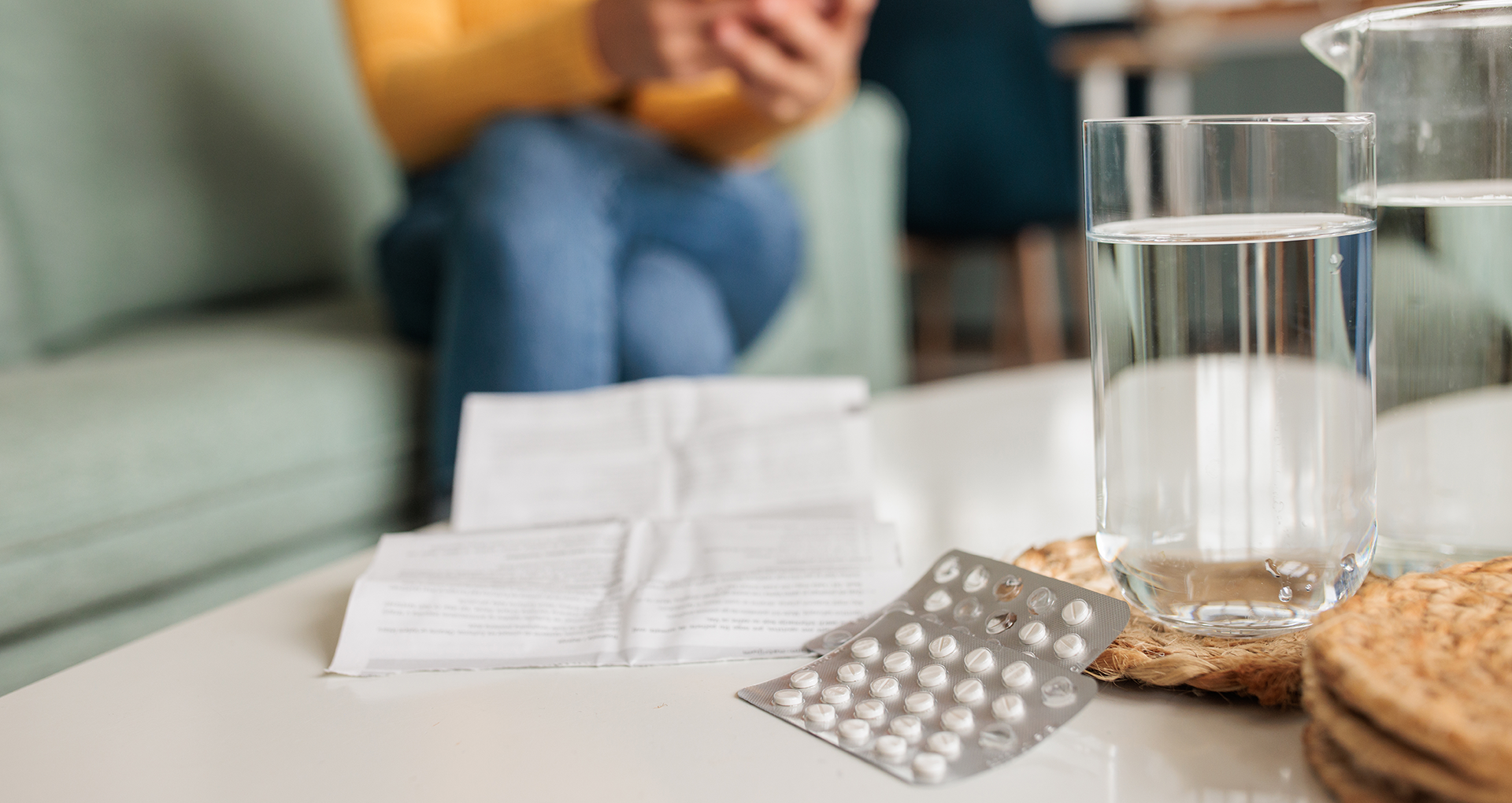Package leaflet (PIL) – Providing clear information for optimal patient communication

Content
What is a package leaflet (PIL)?
The package leaflet (PIL) is an essential document in the pharmaceutical and healthcare industry that informs patients about the correct use of a medicinal product. It is also known as patient information leaflet and contains detailed information on dosage, side effects, interactions, storage and special warnings.
In the European Union, the GI is prescribed in accordance with Directive 2001/83/EC and the specifications of the European Medicines Agency (EMA). In Germany, the German Medical Act (AMG) regulates their content and design. The aim is to ensure a high level of patient safety by informing users about the correct intake and possible risks.
However, the package leaflet is not just a regulatory requirement – it also plays an important role in Pharma-Marketing. Companies can strengthen confidence in their product and contribute to the optimal use of the medication by providing clear, well-designed patient information leaflets.
The legal requirements for the package leaflet
The design of the GI is subject to strict regulatory requirements, which are intended to ensure uniform and easily understandable patient information. Important requirements are:
- Comprehensibility: The information must be formulated in clear, easy-to-read language. Technical terms should either be avoided or explained in an understandable way.
- Structuring: Mandatory information such as indications, contraindications and side effects must be presented in a logical order.
- Readability: Specifications on font size, contrast and formatting should ensure that older or visually impaired people can also read the GI without difficulty.
- Regulatory tests: Prior to market launch, the package leaflet is checked by the relevant authorities for completeness and comprehensibility.
In addition, health authorities are increasingly demanding digital alternatives to facilitate access to information. E-PILs (electronic Patients Information Leaflets) or interactive package inserts could play a complementary role to the traditional paper form in the future.
Challenges in the design of patient-friendly GI
One of the biggest challenges for pharmaceutical companies is the balance between completeness and comprehensibility. While regulatory requirements demand a high density of information, patients must not be overwhelmed by overly complex or confusing texts.
Common problems in practice:
- Overloaded texts: Long, convoluted sentences and an excessive amount of technical terms make comprehension difficult.
- Anxiety-inducing lists of side effects: Many patients are unsettled by long lists of possible side effects, which can lead to non-compliance.
- Insufficient visual support: Diagrams, symbols or QR codes can help to make content more accessible, but are still rarely used.
Pharmaceutical companies are therefore increasingly investing in patient research to examine how GI can be optimized through focus groups or readability studies. Clearly structured, easy-to-read instructions for use can have a positive influence on the acceptance of a medication and contribute to better adherence to treatment.
Digital innovations and future trends in GI design
With increasing digitalization in the healthcare industry, innovative solutions for patient communication are coming into focus. Digital patient information leaflets offer several advantages:
- Expanded content: Supplementary explanatory videos, interactive FAQs or chatbots can convey complex issues simply.
- Barrier-free access: Visually impaired patients can have the GI read out to them via voice assistants.
- Real-time updates: Changes in application guidelines can be communicated more quickly than with printed patient information leaflets.
- Personalization options: Specific customized information can be provided depending on the patient group (e.g. children, senior citizens).
In particular, QR codes on packaging or apps from pharmaceutical companies enable patients to access up-to-date and comprehensible information at any time via their smartphone. Authorities such as the EMA are already examining whether digital formats could supplement or replace official package leaflets in the future.
Conclusion: Package Leaflets as a Key to Safe and Understandable Medication Use
The package leaflet (PL) is far more than a mandatory document – it represents the central link between regulatory requirements and patient-friendly communication. Its goal is to promote both safety and adherence. While legal frameworks ensure completeness, structure, and readability, the real challenge lies in presenting complex content in a way that is understandable and confidence-building for patients.
Digital extensions are forward-looking, as they improve accessibility, offer interactive content, and enable faster updates. Pharmaceutical companies that invest in clear, accessible, and modern information formats not only contribute to patient safety but also strengthen trust in their products. The PL thus remains an indispensable tool – at the intersection of regulation, patient benefit, and innovation.heir brand loyalty in the long term.
